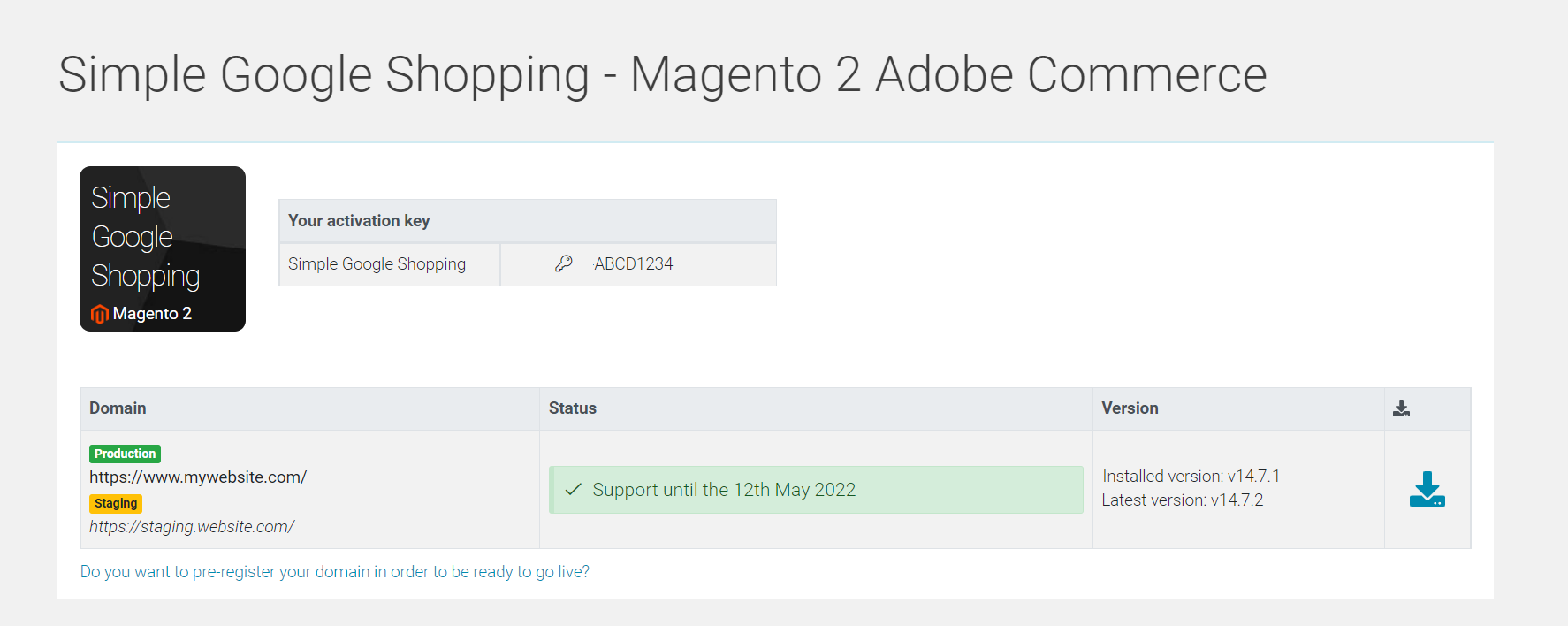
Can free WordPress themes hurt my SEO?
Are all WordPress themes built the same way? Could your choice potentially impact your Search Engine Optimization (SEO) strategy? Is there a chance that a free WordPress theme might be to your disadvantage when it comes to gaining a competitive edge in the SEO rankings? Such questions are critical considering the vitality of SEO in the world of digital marketing today.
Several Internet authorities, including the like of MOZ and Search Engine Journal, warn about the possible negative effects of poor WordPress theme selection on SEO. Research has revealed that some free themes contain hidden codes that may significantly deteriorate your SEO rankings. A study by Sistrix, a renowned SEO tool within the United States, affirms this through its findings which indicated a higher possibility of SEO setbacks due to using such themes. Consequently, crafting an efficient resolution for this loophole is substantive.
In this article, you will learn about the hidden aspects of free WordPress themes that can indirectly affect your SEO. The discussion will outline the potential risks, backed up by credible references, and subsequently propose feasible solutions to mitigate these challenges.
Expect an in-depth analysis identifying the pitfalls to avoid when selecting a WordPress theme and the features to look out for that positively influence SEO. Whether you’re a rookie or an experienced digital marketer, this guide will offer crucial insights into aligning your WordPress theme selection with your SEO goals.

Key Definitions in Understanding the Impact of Free WordPress Themes on SEO
WordPress is a popular platform that allows you to create and manage websites easily. When you set up your site on WordPress, you can choose from a wide range of ‘themes’.
Themes dictate how your website looks and functions. There are two types: free and premium. ‘Free’ themes are readily available at no cost, while ‘premium’ themes require you to pay a fee.
SEO or Search Engine Optimization is a process of improving a website’s visibility on search engines like Google. The better your SEO, the easier it is for your target audience to find you online.
The Hidden Dangers Free WordPress Themes Pose to Your SEO Efforts
The Risks of Free Themes to SEO
Most free WordPress themes look appealing at first glance, but they often come with unwanted baggage that can cast a shadow on SEO efforts. Since these themes are freely available, they sometimes do not adhere to the best coding practices. Poorly coded themes can dramatically slow down your website. Speed is one of Google’s primary ranking factors, hence a slow site can impact your search engine ranking position considerably.
Moreover, these free themes often lack the updates and features necessary for optimal website performance. They may not be responsive, leading to a poor user experience, especially on mobile devices. As Google now uses mobile-first indexing, a theme that does not render well on mobile can be a significant disadvantage to your SEO.
Unwanted Extras and Unprofessional Design
One of the more disturbing aspects of free WordPress themes are the ‘extras’ they may carry. It is common with free themes to include encrypted links, generally in the footer, which can range from the mildly irritating to the fully malicious. These links might not be visible, but Google can detect them, and this hidden content can result in serious penalization.
- Forced inbound links to irrelevant or damaging websites can water down your site’s authority, and Google can interpret this as a manipulative link scheme.
- Poorly designed themes can also negatively impact SEO. A theme that isn’t visually appealing might increase your site’s bounce rate, which Google takes as a sign that your website isn’t offering valuable content.
- Free themes may also lack schema markup, an essential component in helping Google understand your website’s content and enhance its appearance in the search engine result pages.
The Better Choice for SEO
Given the dangers of free WordPress themes, it is generally advisable to opt for a premium or custom-built theme if your budget allows it. Premium themes are generally more stable, faster, and secure, offering granular control over your website aesthetics and user experience. With ongoing updates and support, they ensure your website is always in line with current SEO requirements while offering the flexibility to adapt to future SEO trends.
In the end, a theme is much more than just a design for your website. It directly impacts your website’s performance, user experience, and, most importantly, your ranking in search engine results. Therefore, investing in a quality theme provides solid basis for effective SEO.
Unlocking the Truth: How Free WordPress Themes Can Sabotage Your SEO
Is Your SEO Suffering Due to Your Free WordPress Theme?
Have you ever considered that the free WordPress theme you are using might be the prime culprit behind your dwindling SEO performance? As fetching as these cost-free themes may look, they can considerably handicap your SEO efforts, depriving your website of its deserving search engine rankings. How does this happen, you may wonder? With a free WordPress theme, you will most likely be dealing with bloated code which hampers the load speed of your website, subpar technical support, and lack of vital page-level SEO settings. Such factors can degrade your site’s performance and user experience, ultimately impacting your ranking on search engines.
The Heart of the Challenge with Free WordPress Themes
The key problem lies in the framework of these free themes. They typically come with excessive and unnecessary code, directly affecting your site’s loading speed. A slow website can lead to high bounce rates and distorted user experience. Google and other search engines heavily weigh a website’s load speed and user interaction metrics when defining their ranking algorithms. Moreover, these themes are rarely updated to align with current SEO standards. This can lead to your website missing important updates and falling behind in the SEO game, ultimately reducing its visibility. Another prevailing challenge is that the majority of free WordPress themes do not offer the necessary page-level SEO settings. Missing out on these settings can make it more difficult for search engines to index your pages correctly, resulting in lower rankings.
Overcoming SEO Sabotage: Examples of Insightful Tactics
Undeniably, SEO is a complex and ongoing endeavor that cannot afford to be undermined by a free theme. However, this doesn’t mean that all free WordPress themes are bad for SEO. By selecting the right free theme and employing best practices, you can certainly avoid SEO pitfalls. Make sure to choose a lightweight, streamlined theme that follows the latest SEO standards. For example, Astra is a leading WordPress theme that is compatible with major SEO plugins, fully customizable, and ensures a remarkable site load speed. Other noteworthy options include Neve and Hestia, both offering compelling features and complying with SEO guidelines. Regularly updating your theme plays an equally crucial role– this keeps the codebase streamlined, conforming to the latest web standards, and consistently delivers an exceptional user experience. Lastly, utilize vetted SEO plugins like Yoast SEO or Rank Math to further boost your SEO efforts. This can compensate for some of the missing page-specific SEO settings not provided by free themes. By adopting these smart approaches, you can ensure that your website’s SEO performance remains unaffected by the use of a free WordPress theme.
Baring it All: The Secret Connection Between Free WordPress Themes and Poor SEO Performance
Free WordPress Themes: Are They Sabotaging Your Search Engine Rank?
Have you ever considered how free WordPress themes could be damaging your SEO performance? The concept is seemingly counterintuitive. After all, who wouldn’t love a beautifully designed, free-to-use platform for their website? However, as appealing as they may seem, these themes could be secretly hurting your search engine rankings. The root cause lies in their coding structure. Most free themes are often bloated with unnecessary, poor, or even harmful codes. Since search engines evaluate your website’s quality based on its coding, this can lead to lower rankings. Moreover, some free themes might lack essential SEO features like optimized heading tags and mobile optimization, thereby negatively affecting your visibility on search engine results.
The Pitfalls of Free WordPress Themes to SEO
Turning our attention to the main issue at hand, it’s evident that free WordPress themes are not as innocent as they appear. Along with the aforementioned coding problems, these themes often come with a slew of other downsides. To start with, they frequently lack regular updates, leaving your website vulnerable to security breaches and performance issues. Moreover, these themes often come with encrypted links that might be damaging to your SEO. Such links, usually disguised within the footer section of the theme, can lead to irrelevant or harmful websites. This can drastically affect your website’s credibility in the eyes of search engines, resulting in a poor SEO performance. As if that’s not enough, free themes offer limited customization options, limiting your ability to optimize your website’s design for user experience, a factor that search engines take into account when ranking sites.
Avoiding the SEO Pitfalls: Best Practices for WordPress Themes
When it comes to optimizing your WordPress site for SEO, vigilance and strategic choices are key. To start with, consider investing in premium themes. These themes are typically developed by professional and reputable companies, which means they come with clean, optimized code and boast regular updates. Besides, they offer a wide array of customization options that allow for better user experience. Another important consideration is the use of reliable SEO plugins. Plugins such as Yoast SEO can significantly boost your site’s SEO by allowing you to optimize your meta tags, generate XML sitemaps, and so much more. As a rule of thumb, always conduct a thorough research before settling on a WordPress theme. Check its reviews, updates history, and developer’s reputation. In doing so, you protect your site from the harmful SEO effects associated with free WordPress themes and position it for improved rankings on search engine results.
Conclusion
Have you ever wondered whether your website’s standings in search engine result pages could be diminished by using free WordPress themes? Well, the fundamental takeaway from this piece is that yes, they can, especially if not used wisely. So, it’s crucial to weigh the potential SEO pitfalls alongside the benefits before opting for a zero-cost theme. At the end of the day, investing in a premium template could indeed save you from excessive SEO troubles, optimize your site’s performance, and ultimately enhance your brand’s online visibility and credibility.
As a trustworthy resource providing value-packed content, we cordially invite you to become a frequent visitor to our blog. Your precious time investing in our insightful articles won’t go to waste. We consistently keep our content up-to-date, crossing the T’s and dotting the I’s on a wealth of relevant topics, bringing you the latest findings in technology- and SEO-related matters.
Stay in tune with our upcoming posts. We are working tirelessly behind the curtains on groundbreaking pieces to provide our readers with next-level tips and tricks. Our upcoming releases promise to shed light on new angles and unravel the latest trends in the digital world. So, ensure you’re not missing out on these knowledge pearls, and hold your breath for the treasure vault we’re about to unveil.
F.A.Q.
1. Can free WordPress themes negatively impact my SEO?
Yes, free WordPress themes can potentially harm your SEO if they aren’t coded properly or lack important SEO elements. It’s crucial to choose themes that prioritize SEO-friendly features.
2. How does the coding of a free WordPress theme affect my SEO?
Poorly coded WordPress themes can lead to slow webpage loading times, which can negatively impact your SEO. Also, lack of proper HTML structure could make it difficult for search engines to understand your site content effectively.
3. Do all free WordPress themes harm SEO?
No, not all free WordPress themes harm SEO. There are free themes available that are well-coded and SEO-friendly, but they require a careful selection process.
4. What should I look for in a free WordPress theme to ensure it won’t hurt my SEO?
You must look for themes that offer clean and optimized coding, fast loading speed, mobile responsiveness, and compatibility with popular SEO plugins. Additionally, the theme should offer compatibility with schema markup which enhances your site’s understanding with search engines.
5. Can I improve the SEO of a free WordPress theme?
Yes, you can enhance the SEO of a free WordPress theme by employing SEO plugins, ensuring the theme is mobile-friendly, optimizing for speed, and creating quality content with effective keyword use. Also, regular updates and security checks are key to maintaining good SEO.












